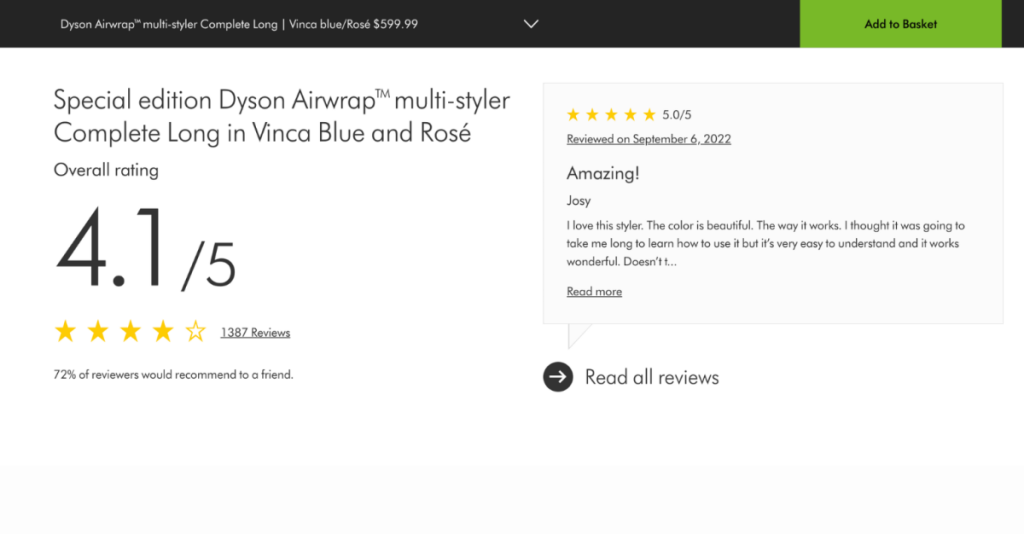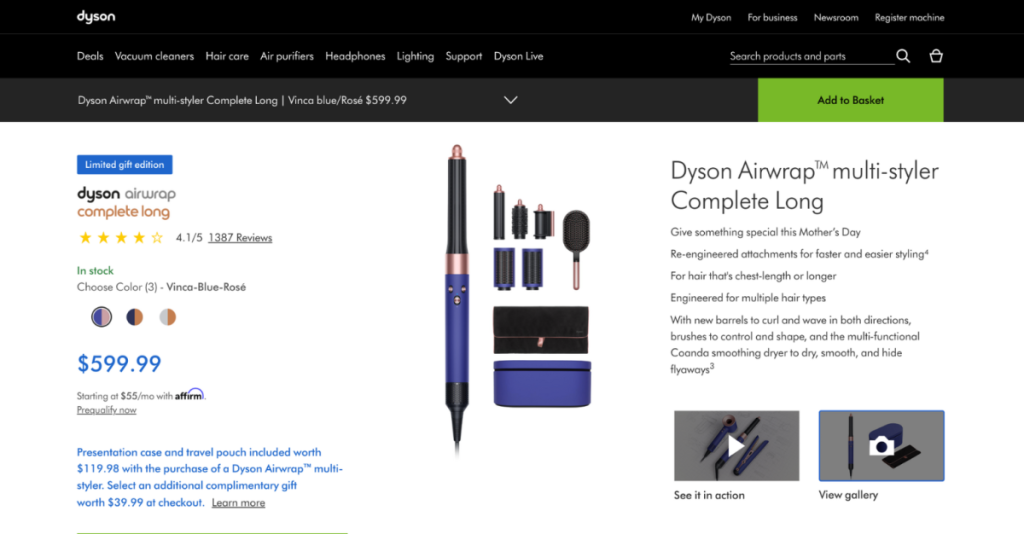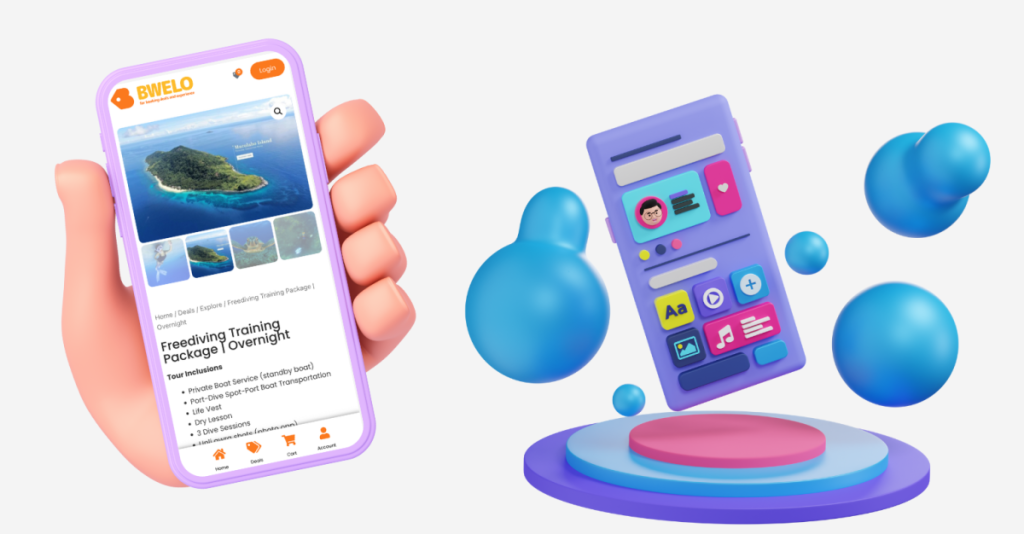To create a successful e-commerce platform, it is essential to go beyond the mere technical aspects of building a website. The focus should be on creating an immersive online shopping experience that can entice idle shoppers to become actual buyers.
As an e-commerce business owner, you need to have a website that is not only aesthetically pleasing but also functional and optimized for conversions. In this guide, we’ll share with you the ultimate tips for creating a high-converting e-commerce website that will increase your sales and boost your online presence.
1. Define Your Unique Selling Proposition
Your website’s unique selling proposition (USP) is what sets you apart from your competitors. It’s what makes you stand out in a crowded market. A clear and compelling USP helps attract and retain your target audience.
Advice: Write a simple statement that explains what you do, why you do it, and how you do it differently than your competitors. Use language that your target audience can understand, and make sure it is prominently displayed on your website’s homepage.
2. Design a Secure and Trustworthy E-commerce Website

SSL (Secure Sockets Layer) certificates authenticate the identity of a website and encrypt information that needs to remain safe. It is an essential sign that indicates checkouts are secure. Implement SSL and display SSL certificate badges to assure shoppers that their data is protected.
Advice: Simplify your checkout process by removing any unnecessary steps, such as account creation or filling out too many forms. Use clear and concise instructions, and make sure to include a progress bar so that your customers can see where they are in the process.
3. Make Your Website Search Engine Friendly
Search engine optimization strong is the practice of making your website more visible to search engines. This involves using relevant keywords, meta tags, descriptions, and content to attract more organic traffic to your website.
Advice: Do research on the keywords that your target audience is using and make sure to include them in your website’s content. Optimize your website’s meta tags, descriptions, and alt tags with relevant keywords, and ensure that your website’s content is informative and engaging. SSL (Secure Sockets Layer) certificates authenticate the identity of a website and encrypt information that needs to remain safe. It is an essential sign that indicates checkouts are secure. Implement SSL and display SSL certificate badges to assure shoppers that their data is protected.
Advice: Simplify your checkout process by removing any unnecessary steps, such as account creation or filling out too many forms. Use clear and concise instructions, and make sure to include a progress bar so that your customers can see where they are in the process.
4. Use High-Quality Product Photos and Videos
Visual content is essential to creating a memorable shopping experience for your customers. High-quality product photos and videos can help showcase your products in the best possible light and influence purchasing decisions.
Advice: Invest in good product photography and videography to showcase your products in the best possible light. Use multiple photos that show your products from different angles, and include videos that demonstrate how your products work.
5. Simplify Your Checkout Process
The checkout process is critical to your website’s conversion rate. A complicated or slow checkout process can lead to cart abandonment and lost sales.
Advice: Simplify your checkout process by removing any unnecessary steps, such as account creation or filling out too many forms. Use clear and concise instructions, and make sure to include a progress bar so that your customers can see where they are in the process.
6. Include Customer Reviews and Ratings
Social proof is a powerful tool in building trust and credibility with your customers. Including customer reviews and ratings on your website can significantly influence their decision to purchase from you.
Advice: Encourage your customers to leave reviews by sending them an email or message after their purchase. Showcase your reviews on your website’s homepage or product pages, and make sure to include both positive and negative feedback.

7. Offer Personalized Recommendations
Personalization is the key to creating a unique and memorable shopping experience for your customers. Personalized product recommendations can help your customers discover new products they are likely to be interested in.
Advice: Use customer data to create personalized product recommendations based on their browsing and purchase history. You can use tools such as WooCommerce or Nosto to automate the process and offer personalized recommendations.
8. Give Just the Right Amount of Product Information

9. Make Your Website Mobile-Friendly
With more and more people shopping on their mobile devices, having a mobile-friendly website is no longer optional but necessary. A mobile-friendly website ensures that your website is optimized for smaller screens and touch navigation.
Advice: Make sure your website is responsive, meaning that it adjusts to the screen size of the device being used. Use large and clear fonts, optimize your images, and ensure that your website’s navigation is easy to use.

10. Provide Excellent Customer Service
Excellent customer service is crucial to building trust and loyalty with your customers. Make sure your customers feel valued and supported throughout their shopping journey.
Advice: Respond

In conclusion, creating a successful e-commerce website is a challenging task, but by implementing the tips in this guide, you can give your business a competitive edge. Remember that building a high-converting e-commerce website is an ongoing process that requires constant monitoring and adaptation. Keep an eye on your website’s analytics and user feedback, and make changes based on what you learn. By doing so, you can ensure that your website remains relevant and effective in meeting your customers’ needs. With persistence, creativity, and a focus on your customers, you can create an e-commerce website that stands out from the competition and delivers results for your business.




